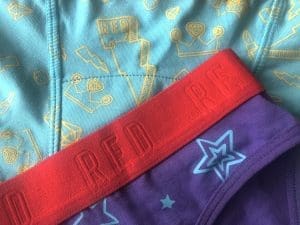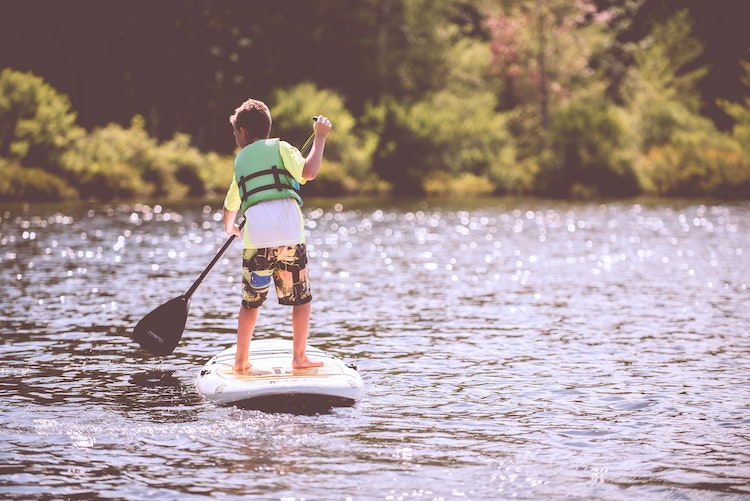
Welcome to our guide to what you need to go paddleboarding in the UK if you’re new to the sport.
And yes, we’ll start by pointing out you need a paddleboard, or a SUP!
But of course, there are some other things you can buy that will make your summer SUP adventures safer, more comfortable and more fun. Today I’m sharing a round-up of 12 things that you need to go paddleboarding in the UK – including essential safety kit, accessories to store your food and other kit, and a couple of items that will make handling your paddleboard less hard work!
What you need to go paddleboarding:
We’ve been paddleboarding for almost five years now. At first we used rental boards but once we realised how much fun you can have with a SUP (especially on days when we don’t feel like carrying two big kayaks) we bought our own boards. So, if you’re likely to go paddleboarding more than a couple of times this summer, the first thing you need to go paddleboarding is… a paddleboard.
1. A Paddleboard
I have a whole post with some tips for buying your first paddleboard. But in brief, there are two main types of paddleboard – inflatable (iSUP) and rigid (SUP). Here’s a very brief primer:
- Inflatable boards are better for beginners, they’re generally more stable and more portable
- Most iSUPs are sold in kits complete with a leash, paddle, and pump
- The longer a board is, the more weight it will hold, but it will be slower
- The wider a board is, the more stable it will be, but it will be harder to steer
- A narrow nose and tail are great for speed and cutting into waves but they’re more “tippy”
- A wider nose and tail are great for beginners and using on lakes/rivers
- The thicker a board is, the more weight it will hold and the more stable it will be, but too thick and it will be very slow and hard to paddle
- Kids and very small adults will probably need a 9 foot board, adults will need at least 10 foot 6, potentially 11 or 12 feet for heavier or multiple riders. A good sweet spot of board size is 32-34 inches wide and 5 (maybe 6) inches thick.
- To some extent, you’ll get what you pay for. Very cheap (<£300) boards are more prone to leaking, popping, or bending like a banana when you stand on them. If you can, pay a little more and you’ll have more fun.
Which paddleboards do I recommend?
Red Paddleboards
If you want to invest in top quality boards that will last, Red is the best regarded brand. Inflatable paddleboards start at around £800 and this 10′ 6″ board is a top-quality option for the whole family at £999. Sounds more expensive but the quality of the materials and construction make Red boards great performers AND they’re really robust.
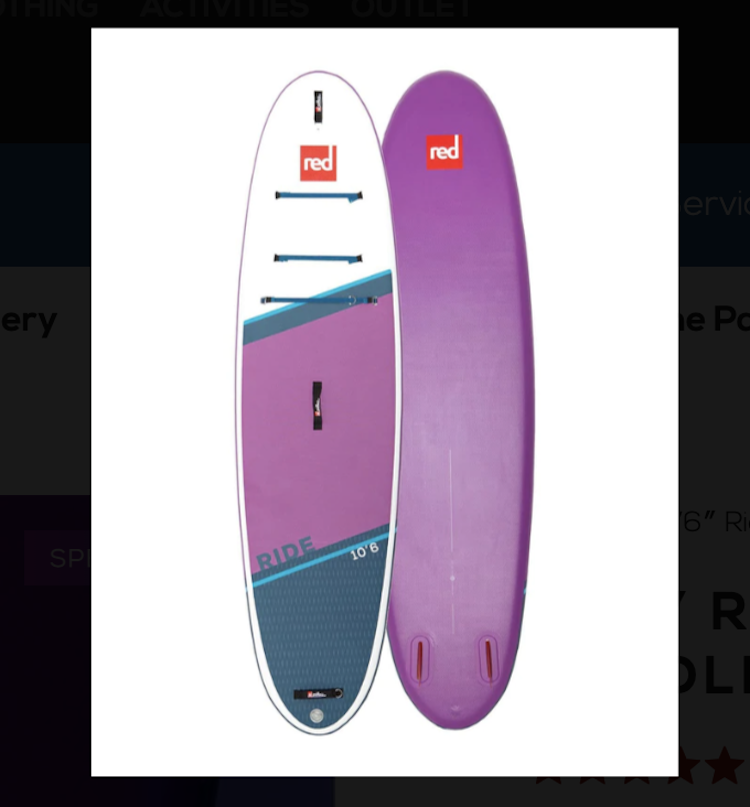
Bluefin Paddleboards
At the lower end of the market, if you’re looking for a board to try out and you’re not sure whether you’ll be using your board a LOT, there are decent brands and boards available for between £300 and £600. I really like this Bluefin board package at £499, which also has a five year warranty and is a great brand.
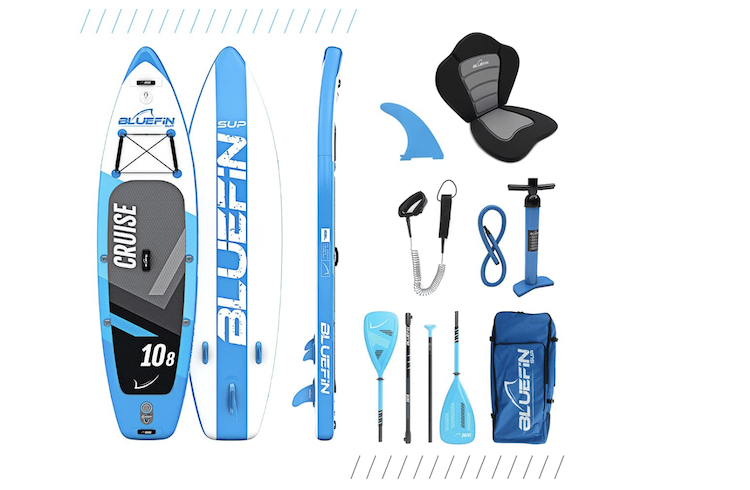
Affordable Paddleboards
You can get a great paddleboard for beginners for around the £300 mark. I wouldn’t recommend spending less than this. Cheaper boards are more likely to split at the seams, or don’t offer the strength you need to support your weight without bending at the end. If you don’t want to try and paddle a banana, buy with care!
Personally, we have this board from Aztron for my daughter – I really like this board because it folds down to half the size of most SUPs, making it super easy to throw into the car for an impromptu paddle on a good day! It’s currently available on Amazon for £379.
2. A PFD
The other absolute essential you’re going to need after buying a paddleboard is a PDF or personal flotation device.
A quick bit of advice – yes, you CAN get waist-belt inflatable PFDs for under £50 that use a gas canister to inflate a lifejacket when you fall in. I don’t personally recommend these devices for paddleboarding beginners because they’re single use, and designed for a boat you might fall off once, not a paddleboard you might fall off ten times a day.
There are literally hundreds of options but the important thing is to make sure what you buy is a PFD or buoyancy aid (BA), not a lifejacket. A lifejacket is designed to help people float on their backs, which is VERY unhelpful if you’ve just fallen off a paddleboard and you’re trying to climb back on. I recommend avoiding any PFD that has too many straps, flats and zippers on the front of the jacket, that could get caught on your board while you’re trying to shimmy back onto it.
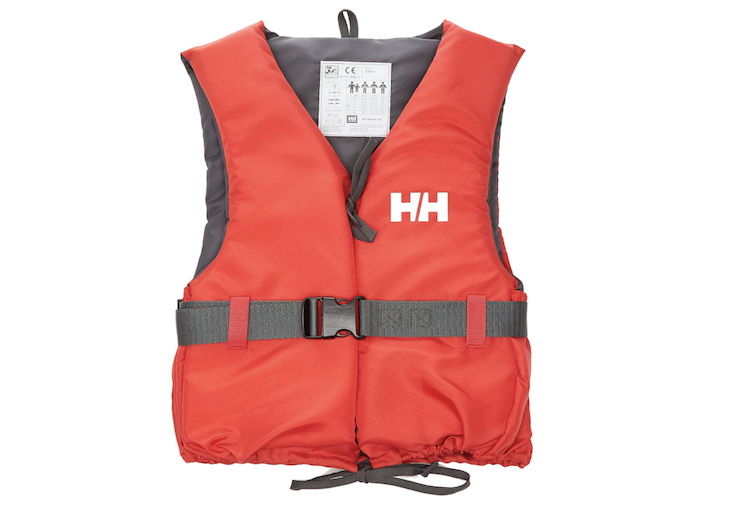
These Helly Hansen buoyancy aids are great – unisex, dead easy to adjust, simple to wear and affordable. Want a zip? This jacket from Typhoon has a zip and a belt, and is available in a range of colours.
If you have kids OR you’re a woman then I recommend buying a universal crotch strap to add to your PFD. That’s because women tend to buy PFDs that fit their chest, and if you’re bigger on top then the jacket will have an annoying habit of rising up when you sit down, or when you’re in the water. A crotch strap is a simple way to keep everything where it should be. They’re available online for less than a fiver.
3. A Quick Release Leash
When considering what you need to go paddleboarding, don’t forget this. The final safety item you need when you go paddleboarding – especially if you’re paddling in rivers or other moving water – is a quick release waist leash.
The leash that comes with your paddleboard attaches to the board on one and and to your ankle on the other. This means you’ll stay attached to your board if you fall in. That’s great unless you’re in moving water and you DON’T want to go where your board is going (like over a weir or waterfall). At these moments you don’t want to be scrabbling around trying to reach an ankle leash. It’s recommended in these settings to wear a leash around your waist that has a simple pull mechanism to release your paddle board.
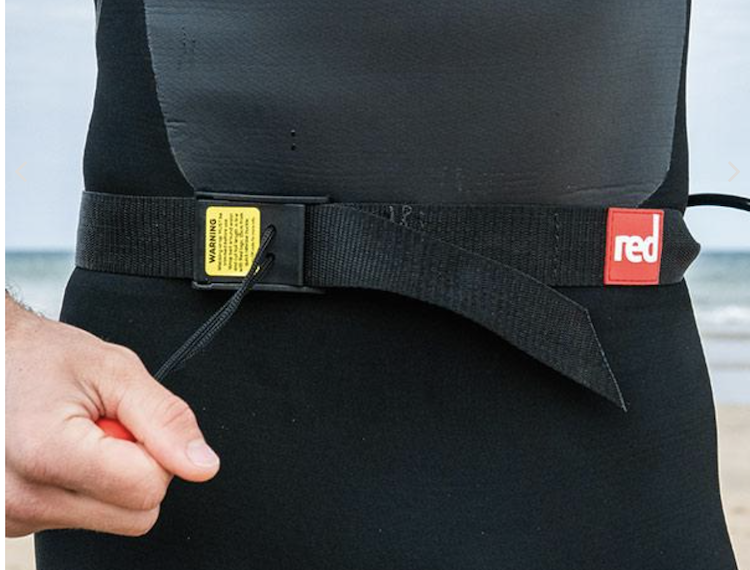
Again, they’re inexpensive but could make all the difference if you get into problems. I have this one, which is currently £17 on Amazon. I haven’t tried it but Red sells a very similar belt that’ll match your Red paddleboard at £18.
4. A Dry Bag
Nearly all paddleboards come with elastic bungie rigging at the front, that will secure things like your shoes to your board. Most will also let you slide under a bag, which you’ll probably need for a day’s paddling – where else are you going to keep your drink, snacks and sunscreen?
If you don’t want to worry about soggy sandwiches, I recommend using a dry bag – a simple, waterproof bag that will hold all your kit and keep it perfectly dry if you get splashed or tip over your board.
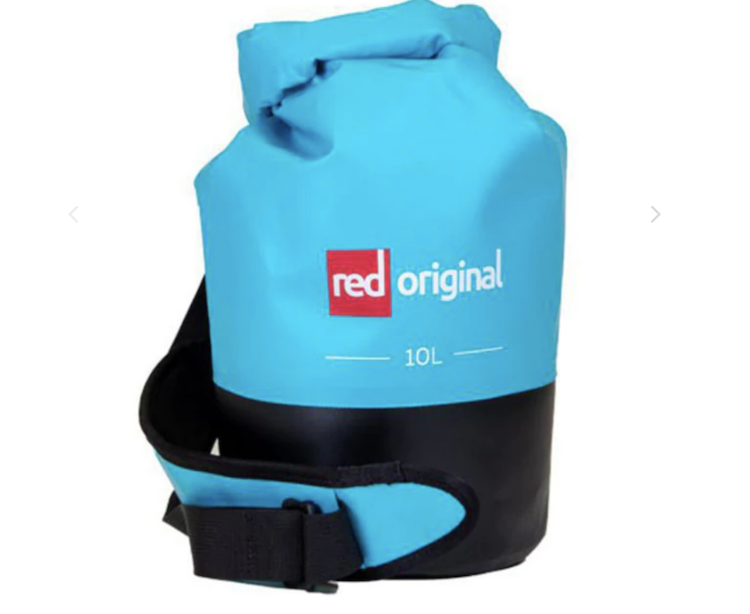
This smart rolltop dry bag from Red is available in 10, 30 and 60 litre sizes, and costs from £26.95. I love the blue colour, which would be easily seen if you accidentally leave it on the shore (might have done this myself, once or twice)
If you’re on a budget, Lomo offers a three-pack of lightweight dry bags in ref for a bargain £11.99.
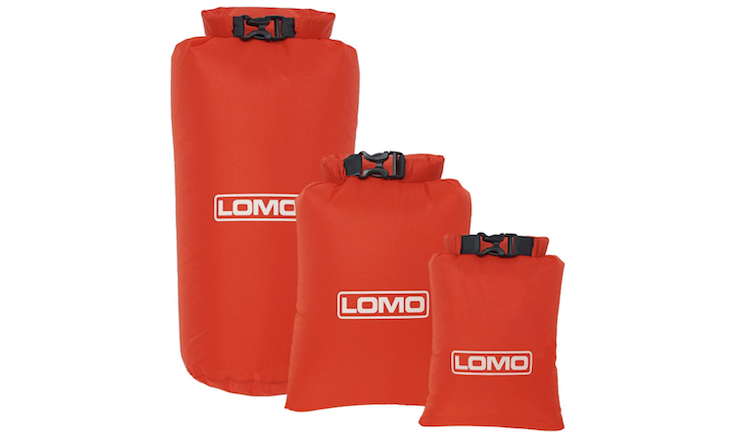
5. A Phone Case
If you want to know what you need to go paddle boarding, this should be at the top of your list. For safety and fun reasons, I never go on the water without a phone to a) capture pictures of me looking like a badass and b) call for help if I need it. So you’ll definitely need a phone case to keep your phone attached to you, and dry, when you go paddleboarding.
At £67, this waterproof pouch from Red isn’t cheap, but it does offer 100% watertight storage for phones and devices in a pouch that you can clip to your dry bag, PFD or board. It’s got foam inside to protect against knocks or drops, and is quick to access in an emergency.
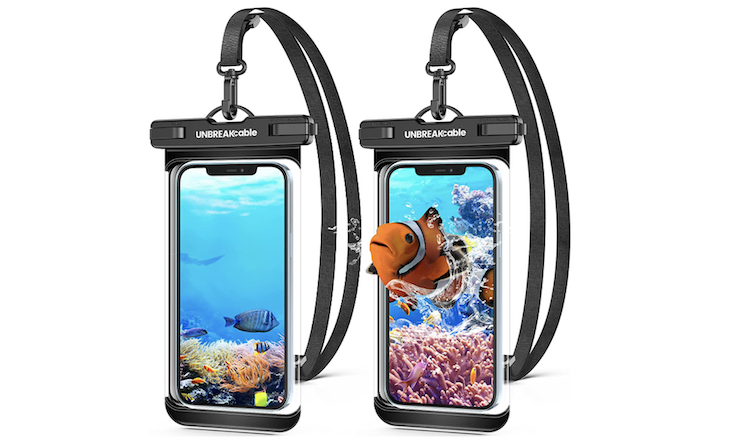
On a budget? Try this waterproof phone case for iPhones, that’s available in a twin pack for under £10. We keep a few of these in the car for those days when we’ve forgotten our proper phone cases, and they work really well.
6. Ocean Friendly Sunscreen
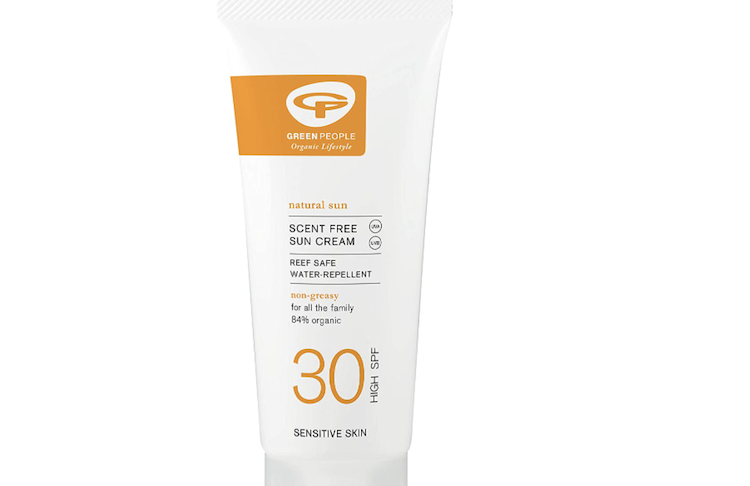
You absolutely, definitely will need sunscreen when you go paddleboarding. I have a teen with sensitive skin, so we are extra careful when buying sunscreen. But at the same time, I don’t want to use products that will harm plantlife or the little critters in the water we’re paddling. So part of our paddleboard kit is always some ocean and eco-friendly sunscreen that is reed safe and won’t harm the ocean or marine life. This sunscreen from Green People is super kind to sensitive skin, but it’s also made from recycled packaging AND 20p from the sale of each bottle goes to marine charities. 100% recommended.
7. Water Shoes
When riding a paddleboard the textured deck means you might not necessarily need shoes to go paddleboarding. But if you’ve ever fallen off your board into shallow water and stood on rocks or the slightly questionable bottom of your local canal, you’ll know that shoes come in handy.
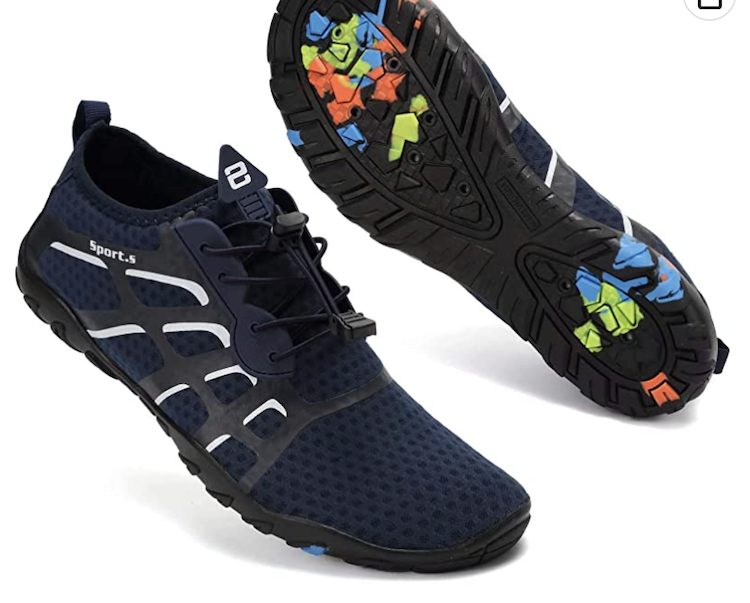
We’ve tried a lot of water shoes over the last few years and I would 100% recommend these water shoes from Amazon during warmer months. They only cost £25 and they’ll last several years looking good as new.
During winter, I prefer to use Jobe boots – these are made of Neoprene and will keep your feet warm while you’re on the board, as well as protecting your feet if you come off.
8. A Changing Robe
If you’re hardcore and paddling on the sea in the UK then there’s a good chance you’ll be FREEZING when you come off the water. At times like these, a changing robe is ideal.
A changing robe is not only a big, warm coat, it’s designed to be extra wide so that you can get changed into dry clothes while still wearing the jacket. Perfect! They’re great for kids, but also for anyone who doesn’t really want to be hopping around in their underwear in front of strangers, trying to put on dry socks.
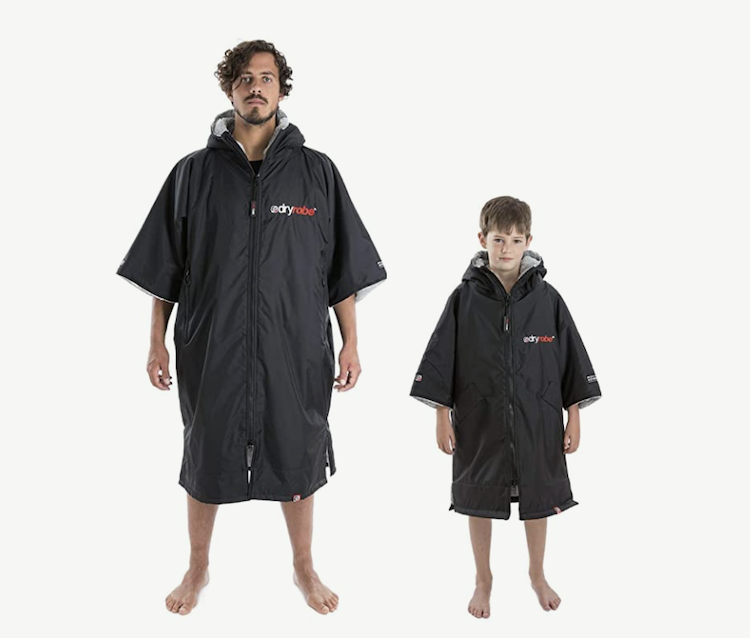
There are a range of robes available – Red’s are designed specifically for paddleboarders and are available in different colours and sizes. There’s a light microfibre version at under £50 for summer, or a gorgeous, all-season version called “Evo” which costs £149.
And of course, we can’t forget the famous Dry Robe, which has saved my butt from freezing at hockey matches and sunrise kayak paddles for many years now. These are available in a range of colours, with short or long sleeves, costing from around £140. Check out the full range here.
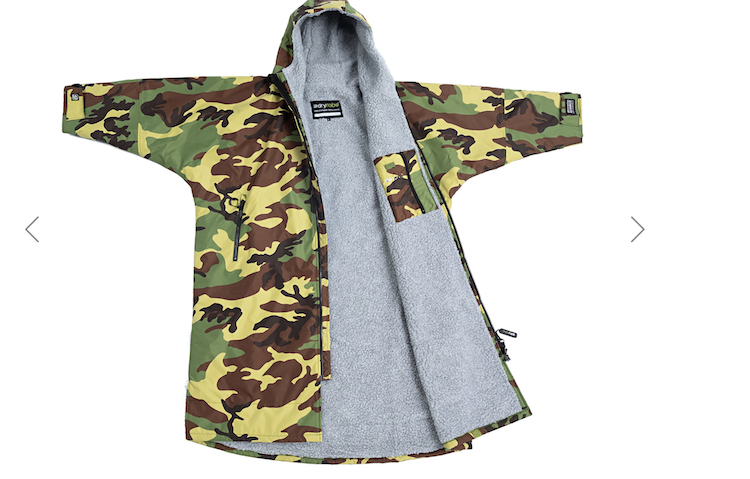
9. Waterproof Speaker
I don’t know about you, but when I’m out on the water I love listening to music. But I’m certainly not bold enough to be wearing my AirPods on a paddleboard.
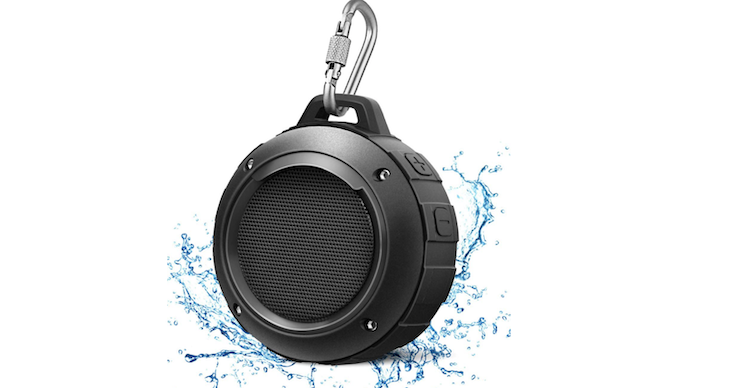
I love, love, love this Bluetooth speaker that is just made for paddleboarding. It has a suction cup and a clip, meaning it’s easy to attach to your board, your bag, or the bungee straps. Completely waterproof and Bluetooth compatible, so you can play music from your phone. It’ll play for 8 hours on a full charge, meaning you can have music all day. Oh, and it’s super affordable at just £16.99.
10. An electric pump
Friends, I promise that what you need to go paddleboarding is – an electric pump. ESPECIALLY if you’re inflating more than one board.
While an electric pump isn’t that much FASTER than a manual pump, it is far, far easier. We tend to leave our boards inflating using an electric pump plugged into the car, while we get changed for a paddle. Everyone starts the day in a good mood, and nobody is on the verge of losing an arm.
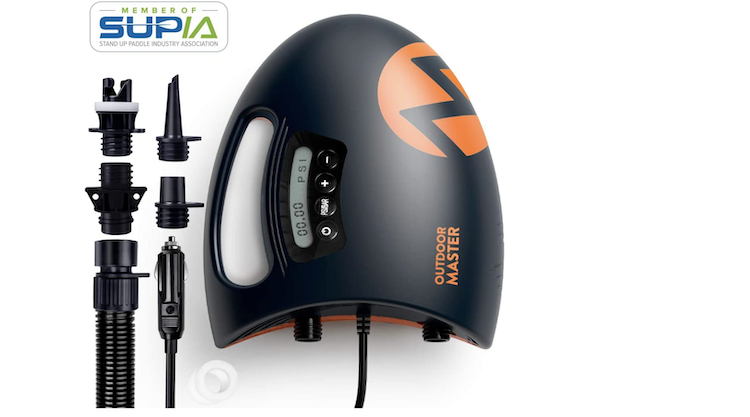
The Shark is widely acknowledged to be the most reliable and well respected electric pump among paddle boarders, and it’s available at £135 on Amazon.
11. A SUP Cooler Bag
A dry bag is great for keeping your tee-shirt and phone protected, but what about when you stop for a break and you are faced with a lukewarm bottle of water or can of Coke?
This SUP deck cool bag is designed to be low-profile so it can slide right under the elastic bungee storage on your paddleboard deck. It will hold around a dozen cans or bottles, and snacks, in a water resistant bag, keeping them cool for up to 12 hours.
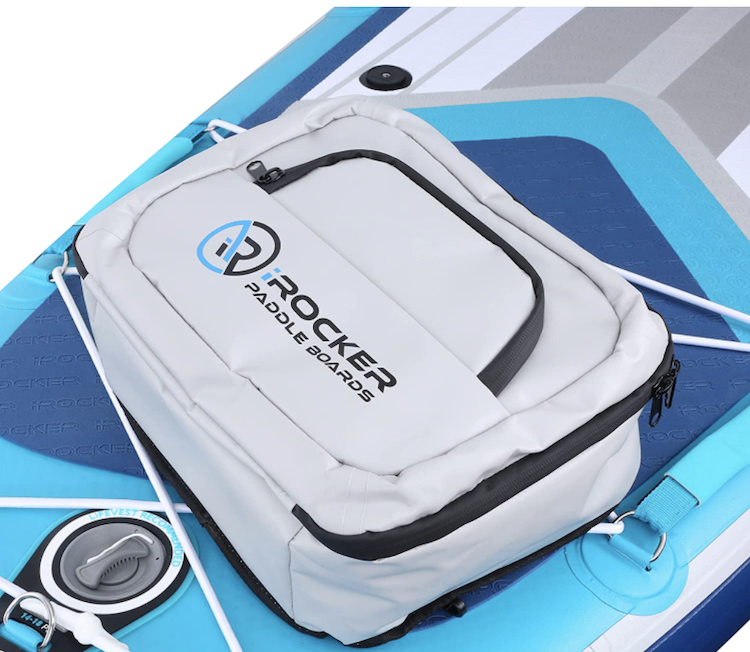
For extra protection, this model from iRocker has clips to attach to the cargo D-Rings if your board has them. It costs £30 and is a great gift!
12. SUP Carry Straps
I will say that I’ve seen TALL people wrap their arms around their SUP like it was a simple thing, and stroll off down the beach. Meanwhile those of us who aren’t six feet tall and don’t have long, long arms find that most paddleboards are just a little bit TOO wide to carry with ease.
You’re then faced with the option of constantly trying to readjust your grip or giving up and dragging your board on the ground, risking all sorts of damage.
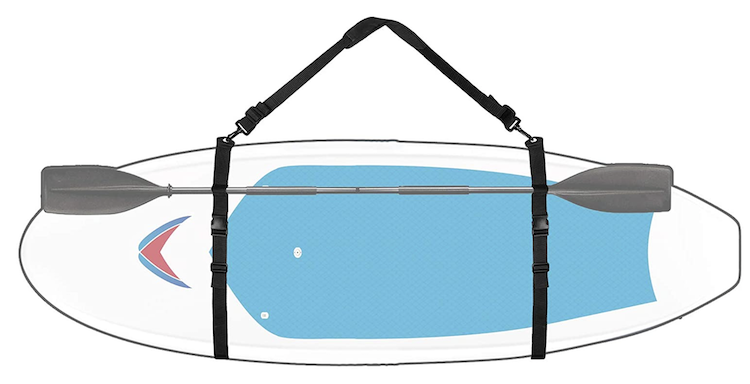
Enter the sup carry strap – a brilliant invention that you need to get your hands on before you go paddleboarding. These are inexpensive nylon straps that let you carry a sup like a bag on your shoulder. LIFE CHANGING. Try this one from Amazon that’s just under £20 and holds your paddle and board in one.
So there you have it – 12 of the things we think you’ll need for your best ever paddleboarding trip. What else do you take on your SUP adventures?


